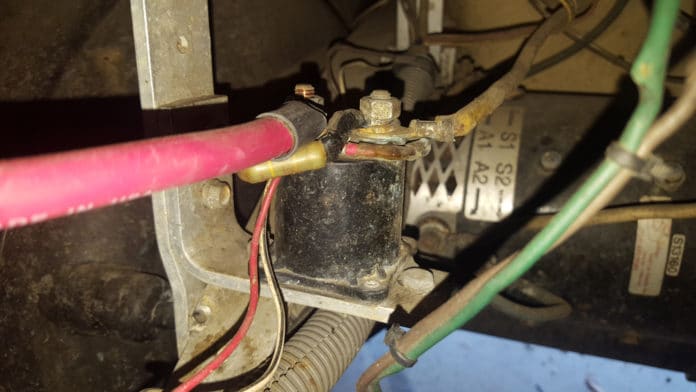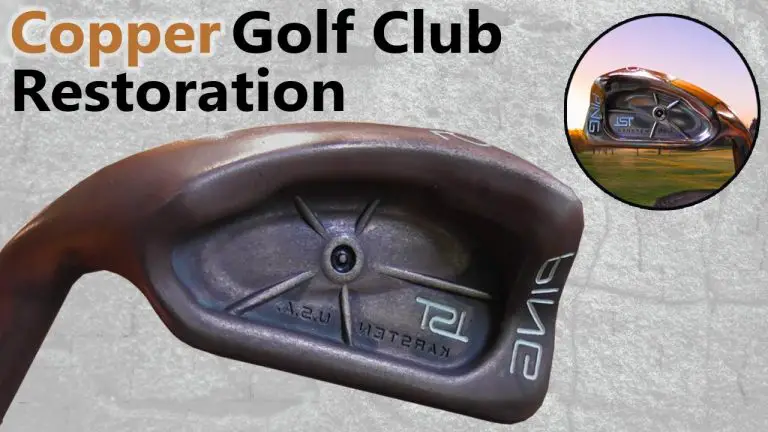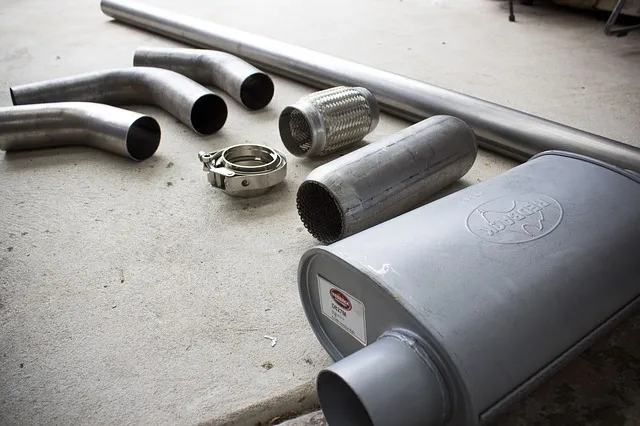Symptoms Of Bad Controller On Golf Cart

Golf carts have become a popular mode of transportation on golf courses, in residential communities, and for recreational purposes. These electric vehicles rely on a complex electrical system to operate smoothly, and one crucial component is the controller. The controller plays a vital role in regulating the power flow and controlling the speed and acceleration of the golf cart. However, like any mechanical or electrical part, controllers can experience issues over time, leading to noticeable symptoms that affect the cart’s performance.
In this article, we will explore the symptoms of a bad controller on a golf cart and discuss the implications they have on the cart’s functionality. By understanding these symptoms, golf cart owners can identify and address controller problems promptly, ensuring the vehicle operates at its best.
A bad controller can cause a range of issues that impact the cart’s performance and user experience. From loss of power and sluggish acceleration to inconsistent speed control and erratic operation, these symptoms can be frustrating and even pose safety risks. Additionally, uneven battery drain and overheating are indicators of a malfunctioning controller that require attention. Understanding these symptoms and their potential causes can help golf cart owners diagnose problems and take appropriate action.
In the following sections, we will delve into each symptom in detail, discussing its potential causes and possible solutions. By addressing controller issues promptly, golf cart owners can ensure their vehicles are in optimal condition for a smooth and enjoyable ride. Let’s explore the symptoms of a bad controller on a golf cart and how to resolve them effectively.

What is a Controller in a Golf Cart?
Before delving into the symptoms, let’s first understand the role of a controller in a golf cart’s electrical system. The controller is essentially the brain of the cart, responsible for regulating the power flow from the batteries to the motor. It determines the speed and acceleration based on user input, allowing the cart to move smoothly and efficiently. Without a properly functioning controller, the performance of the golf cart can be compromised.
Common Symptoms of a Bad Controller
When a controller starts to fail or malfunctions, it can manifest in several noticeable symptoms. It’s essential for golf cart owners to be aware of these signs to diagnose and resolve controller issues promptly. Let’s explore the most common symptoms associated with a bad controller:
1. Loss of Power or Sluggish Acceleration
One of the primary indicators of a bad controller is a noticeable loss of power or sluggish acceleration. You may experience a lack of responsiveness when pressing the accelerator pedal, and the cart may struggle to reach its usual top speed. This symptom can significantly impact the overall performance of the golf cart and make navigating the course frustrating.
2. Inconsistent Speed Control
A malfunctioning controller can lead to inconsistent speed control, causing the golf cart to accelerate and decelerate unexpectedly. You may notice sudden speed changes or difficulty maintaining a consistent pace. In some cases, the cart may even lurch forward or come to an abrupt stop without any input from the driver. This symptom can pose safety risks and disrupt the flow of play on the golf course.
3. Erratic or Unresponsive Operation
When the controller is faulty, the golf cart’s operation may become erratic or unresponsive. The cart may hesitate or fail to respond to accelerator pedal inputs, leading to jerky movements or sudden stops. In extreme cases, the cart may not start at all or experience intermittent functionality. Such erratic behavior can be inconvenient and hinder your enjoyment on the golf course.
4. Uneven Battery Drain
A bad controller can cause uneven battery drain in the golf cart. You may notice that some batteries discharge faster than others, resulting in an imbalanced power distribution. This symptom can lead to reduced range and overall battery life, requiring more frequent recharging or replacement of the batteries. Monitoring battery levels and identifying uneven discharge can help pinpoint controller issues.
5. Overheating or Burning Smell
In certain instances, a malfunctioning controller can generate excessive heat, leading to overheating. You may feel intense heat radiating from the controller area or detect a distinct burning smell. Overheating can be a sign of internal component failure or electrical overload. If you experience these symptoms, it is crucial to address the issue promptly to prevent further damage or potential safety hazards.
6. Diagnostic Trouble Codes (DTCs)
Modern golf carts equipped with advanced electrical systems may have built-in diagnostic capabilities that provide error codes or diagnostic trouble codes (DTCs). These codes can be accessed through the cart’s onboard computer system and can help identify specific controller-related issues. If your golf cart displays DTCs related to the controller, it indicates a potential problem that requires attention.
Causes of Controller Issues
Understanding the causes of controller issues can shed light on how to prevent or mitigate them. Several factors can contribute to the deterioration or malfunctioning of the controller, including:
- Wear and Tear: Controllers, like other electrical components, can deteriorate over time due to normal wear and tear. Continuous usage, exposure to environmental elements, and vibration can contribute to component degradation.
- Electrical Overload: Excessive current draw or electrical overload can strain the controller and its internal components, leading to premature failure. This can occur due to heavy loads, improper wiring, or faulty electrical accessories.
- Moisture or Water Damage: Exposure to moisture or water can damage the controller’s circuitry, leading to malfunctions. It is essential to protect the controller and the cart’s electrical system from water intrusion.
- Improper Maintenance: Neglecting routine maintenance, such as battery maintenance and electrical system inspections, can contribute to controller issues. Regular maintenance helps identify potential problems early on and prevent further damage.
Troubleshooting and Solutions
When experiencing symptoms of a bad controller on your golf cart, it is crucial to address the issue promptly to prevent further damage and ensure a smooth and reliable performance. Here are some troubleshooting steps and potential solutions to consider:
1. Check Connections and Wiring
Inspect the connections and wiring of the controller, batteries, and motor to ensure they are secure and free from corrosion. Loose or damaged connections can disrupt the flow of power and lead to controller issues. Clean any corroded terminals and tighten loose connections as necessary.
2. Test the Batteries
Verify the condition of the batteries by conducting a battery load test. Weak or failing batteries can strain the controller and impact its performance. Replace any faulty batteries to ensure optimal power supply to the controller.
3. Consult a Professional
If the symptoms persist or you are unsure about troubleshooting steps, it is recommended to consult a professional golf cart technician or dealer. They have the expertise and diagnostic tools to identify controller issues accurately and provide appropriate solutions.
4. Controller Replacement
In some cases, a faulty controller may require replacement. Consult with a golf cart specialist to determine the most suitable controller replacement for your specific cart model. Upgrading to a newer and more advanced controller may enhance the performance and efficiency of your golf cart.
Conclusion
Being aware of the symptoms of a bad controller on a golf cart is essential for maintaining optimal performance and addressing issues promptly. Loss of power, inconsistent speed control, erratic operation, uneven battery drain, overheating, and diagnostic trouble codes are all potential indicators of controller problems. Understanding the causes of these issues and following appropriate troubleshooting steps can help resolve the problem and ensure a smooth and enjoyable golf cart experience. If in doubt, seek professional assistance to diagnose and resolve controller-related issues effectively. Remember, regular maintenance and care are key to prolonging the lifespan of your golf cart’s controller and maximizing its performance on the course.




